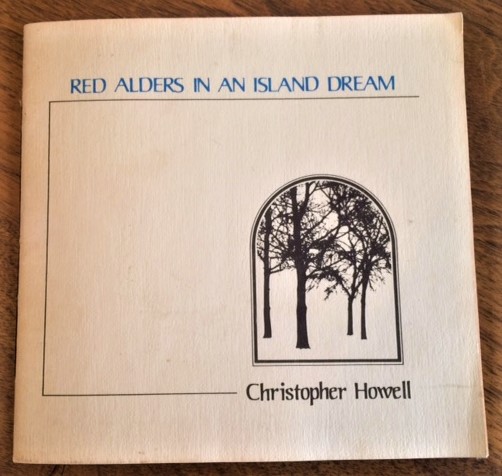
Fellow poet, friend, and blogger, Gwynn Scheltema, has recently written a piece about chapbooks — what they are and why we might consider publishing one. Here’s a short excerpt from Gwynn’s Writescape blog (with permission; thank you Gwynn):
Why publish a chapbook?
- For the unpublished poet, it’s a chance to get publishing creds.
- The process will prepare you for putting together a full collection.
- A chapbook is a “safe” way to publish, because the work is not lost. You can publish it again in your collection.
- You can take risks with a chapbook – give a chance to a new publisher, publish it yourself, create an artpiece.
- A chapbook can keep you in the public eye in the time between publishing full poetry collections.
- You need a home for perfectly good orphan poems that didn’t make it into a collection.
(To read Gwynn’s entire blog on Writescape, just click here: https://writescape.ca/site/2021/02/on-chapbooks/.)
***
This started me thinking about chapbooks slipped between full collections on my poetry shelves and to Red Alders in an Island Dream.
RED ALDERS IN AN ISLAND DREAM
… is an example of a 7-inch square, hand-stitched chapbook by Christopher Howell (Trask House Books, Portland, 1980). It was given to me recently by a friend who gifted it from his library. Howell has now published 11 books of poetry and won three Pushcart prizes among other awards.
This little treasure has been read many times. Just because it is small — home to only seven poems (one is in four parts, which sort of makes it eleven poems) — does not decrease its value. Actually, I like Red Alders in an Island Dream better than many full collections on my shelves. Don’t approach chapbooks in a condescending way. Sometimes the best things come in small packages.
The collection ends with the four-part poem “In Grey Water: The Day,” and these are the last four lines of “IV,” the final lines in Red Alders in an Island Dream:
Membranous and steady, like wind
moving in the darkening neighborhoods,
we seek the far shore. And window light
breaks from us
like the sound of oars.
***
For an interesting interview with Christopher Howell: http://true.proximitymagazine.org/2018/11/08/a-conversation-with-christopher-howell/, or just “Google” Christopher Howell poet.
Thanks for reading to the end. Please share your thoughts and this blog. Kate

